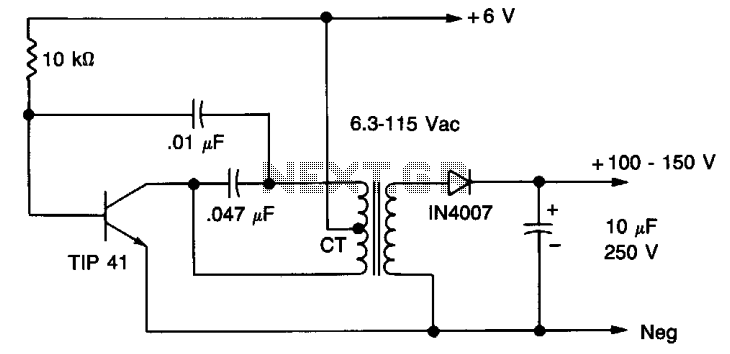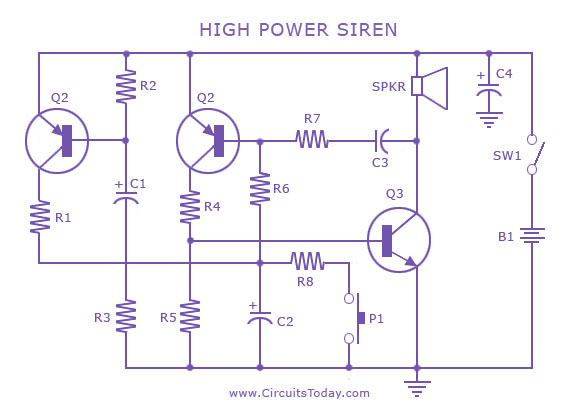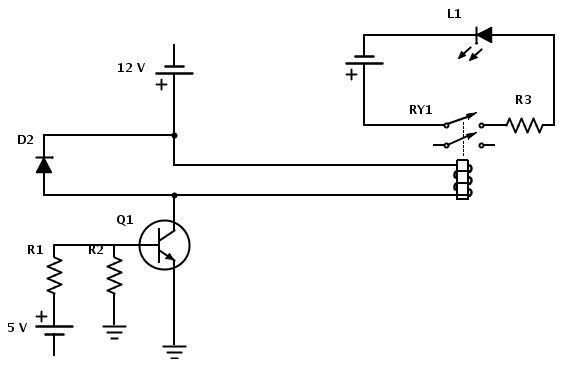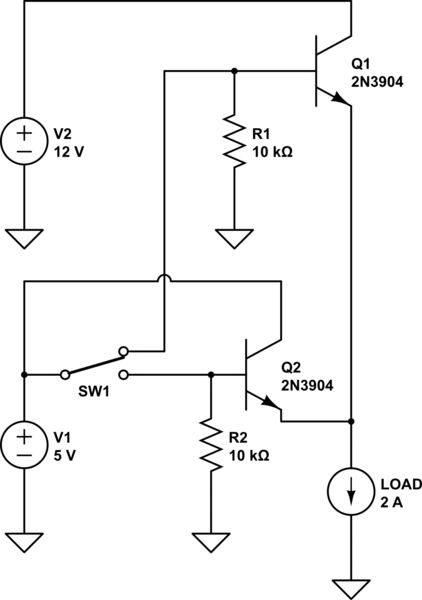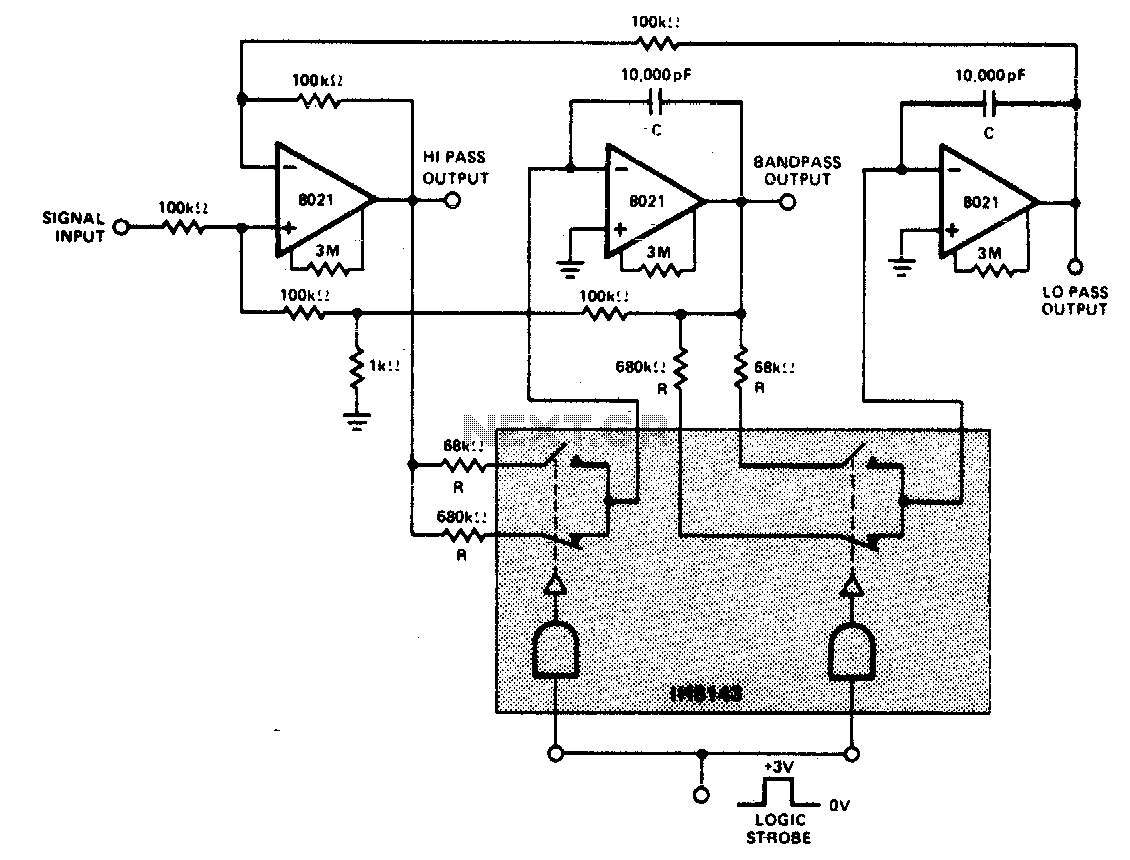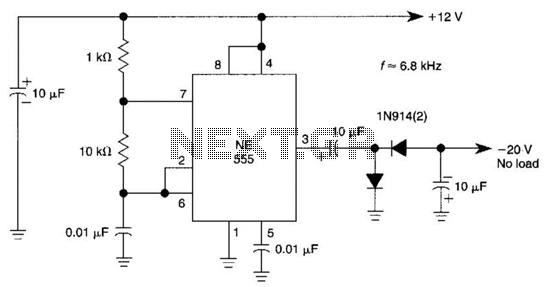
Basic Ups Power Supply

This circuit is a simplified version of a commercial uninterruptible power supply (UPS). It provides a constant regulated output of 5 volts and an unregulated supply of 12 volts.
The described circuit functions as a basic uninterruptible power supply, designed to deliver two distinct voltage outputs: a regulated 5-volt output suitable for powering low-voltage electronic devices and an unregulated 12-volt supply that can be utilized for higher voltage applications.
The circuit typically incorporates a transformer, which steps down the mains AC voltage to a lower AC voltage suitable for rectification. Following the transformer, a bridge rectifier converts the AC voltage to pulsating DC. The 5-volt output is achieved through the use of a voltage regulator, such as the 7805, which ensures that variations in input voltage do not affect the output voltage, maintaining a steady 5 volts.
For the 12-volt output, the circuit usually employs a secondary winding on the transformer or a separate rectification path, providing a higher voltage that is not regulated, meaning it can fluctuate based on the load and input conditions. This output is often used to power devices that can tolerate voltage variations.
Additional components may include filtering capacitors to smooth out the pulsating DC voltage, ensuring stable operation for connected devices. It is also advisable to incorporate fuses or circuit breakers for overcurrent protection, thereby enhancing the safety and reliability of the UPS circuit.
Overall, this circuit serves as a foundational design for applications requiring both regulated and unregulated power supplies, suitable for a variety of electronic devices and systems.This circuit is a simple form of the commercial UPS, the circuit provides a constant regulated 5 Volt output and an unregulated 12 Volt supply 🔗 External reference
The described circuit functions as a basic uninterruptible power supply, designed to deliver two distinct voltage outputs: a regulated 5-volt output suitable for powering low-voltage electronic devices and an unregulated 12-volt supply that can be utilized for higher voltage applications.
The circuit typically incorporates a transformer, which steps down the mains AC voltage to a lower AC voltage suitable for rectification. Following the transformer, a bridge rectifier converts the AC voltage to pulsating DC. The 5-volt output is achieved through the use of a voltage regulator, such as the 7805, which ensures that variations in input voltage do not affect the output voltage, maintaining a steady 5 volts.
For the 12-volt output, the circuit usually employs a secondary winding on the transformer or a separate rectification path, providing a higher voltage that is not regulated, meaning it can fluctuate based on the load and input conditions. This output is often used to power devices that can tolerate voltage variations.
Additional components may include filtering capacitors to smooth out the pulsating DC voltage, ensuring stable operation for connected devices. It is also advisable to incorporate fuses or circuit breakers for overcurrent protection, thereby enhancing the safety and reliability of the UPS circuit.
Overall, this circuit serves as a foundational design for applications requiring both regulated and unregulated power supplies, suitable for a variety of electronic devices and systems.This circuit is a simple form of the commercial UPS, the circuit provides a constant regulated 5 Volt output and an unregulated 12 Volt supply 🔗 External reference
